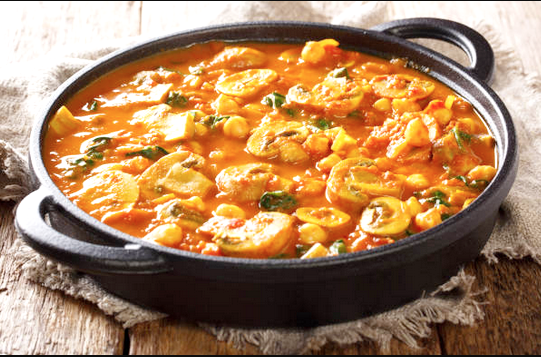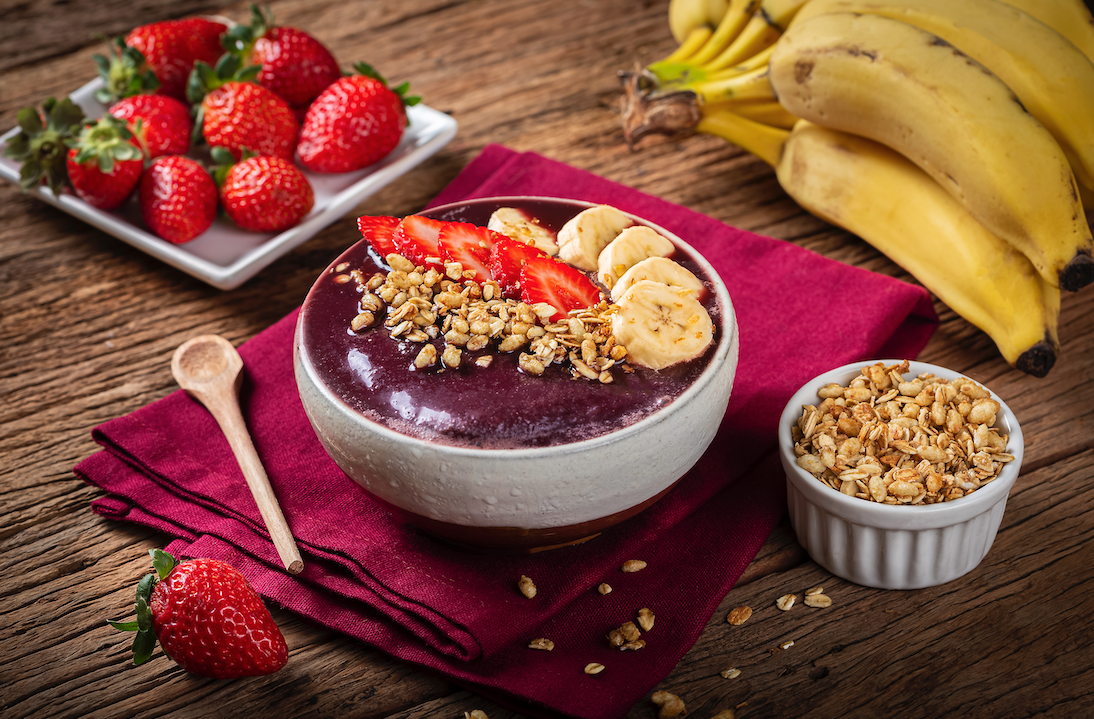
Chasteberry
Chasteberry has been used for over 2500 years to regulate menstrual disorders, and scientific research confirms this effect.
Usage
Clinical studies using chasteberry extract have shown a reduction in headaches, breast swelling, bloating, the need for sweets, feelings of fear, nervousness, depression, hormonal-balance and mood swings after just one month of use.
PMS
Used to relieve menstrual symptoms, especially cramps.
Female Fertility
It’s used to treat luteal phase disorders and amenorrhea (absence of menstruation).
Menopausal Symptoms
Chasteberry may help in reducing these symptoms of menopause.

How to use chasteberry?
Make a Tea
Chasteberry tea has a smooth, peppery flavor and it’s helpful with hormonal imbalance..
As a Supplement
Available in liquid extracts, capsules, and powders.
Essential oils
Used for hormonal imbalance, but it can take several weeks before a change is noticed.
The common traditional belief is that berries suppress libido in both men and women, which is why the monks chewed the berries to help them deal with temptation.
Chasteberry was used by the ancient Greeks and Romans.
Medieval monks used it to lower sexual desire.
The Greeks and Romans also used it to keep away evil.
About
The plant Vitex agnus castus, chasteberry, Abraham's balm, lilac chaste tree, or monk's pepper, is a native of the Mediterranean region. Although other plants from the genus are tropical or subtropical, this particular species thrives in the temperate zone.
Harvesting of both fresh fruits and seeds is possible over a long span of time. Chasteberry is presumably best known for its alleged anaphrodisiac properties, which even inspired its common name chaste tree. Its effectiveness has never been proven.
Composition
Nowadays, fruit extract of chasteberry is used as a dietary supplement for estrogen hormone imbalance, such as cyclical mastalgia and corpus luteum insufficiency, but also for alleviating menopausal symptoms.
The classes of phytochemicals that have been reported in fruits include essential oils, flavonoids, iridoids, and diterpenoids as well as a diterpene lactam, vitexlactam A. Many menstrual problems are associated with decreased production of progesterone in the second phase of the menstrual cycle, which is also called the luteal phase. Due to the lack of progesterone in this phase of the menstrual cycle, estrogen dominates, so there is a shortening of that period of the cycle. A shortened luteal phase with too much estrogen and not enough progesterone leads to various problems in women: heavy menstruation, too frequent menstruation, or complete absence of it.
Science
Clinical studies using chasteberry extract have shown a reduction in headaches, breast swelling, bloating, the need for sweets, feelings of fear, nervousness, depression, and mood swings after just one month of use.
The tincture, in a daily dose of 42 drops, was prescribed to 2447 women who had various menstrual disorders, including PMS. At the end of the study, 31% of patients had complete relief of symptoms, and 55% had significant improvement in symptoms. Good tolerability of the preparation has also been observed with the duration of treatment from 5 months to 9 years, in some cases.
Safety
No severe side effects of chasteberry have been reported. Acne, headache, menstrual bleeding, rash, digestive issues, weight gain, and dizziness have been reported in an insignificant percentage.
Chasteberry does affect levels of hormones that play a key role in pregnancy, breastfeeding, menstruation, and even some breast cancers, so avoidance is advised. The plant may interfere with medicines that affect levels of a brain substance called dopamine.
Fun Facts
Historia Naturalis reports the use of stems and leaves of this plant by women as bedding "to cool the heat of lust" during the times when Athenian women left their husbands to remain ritually chaste.
Sources
Rashmeei, M., Shekarabi, S. P. H., Mehrgan, M. S., & Paknejad, H. (2020). Stimulatory effect of dietary chasteberry (Vitex agnus-castus) extract on immunity, some immune-related gene expression, and resistance against Aeromonas hydrophila infection in goldfish (Carassius auratus). Fish & Shellfish Immunology, 107, 129-136.
DEMİRTAŞ, A., ÖZTÜRK, H., & PİŞKİN, İ. (2018). Overview of plant extracts and plant secondary metabolites as alternatives to antibiotics for modification of ruminal fermentation. Ankara Üniversitesi Veteriner Fakültesi Dergisi, 65(2), 213-217.



